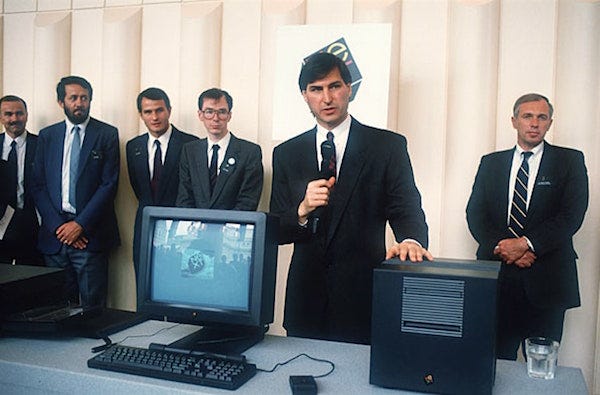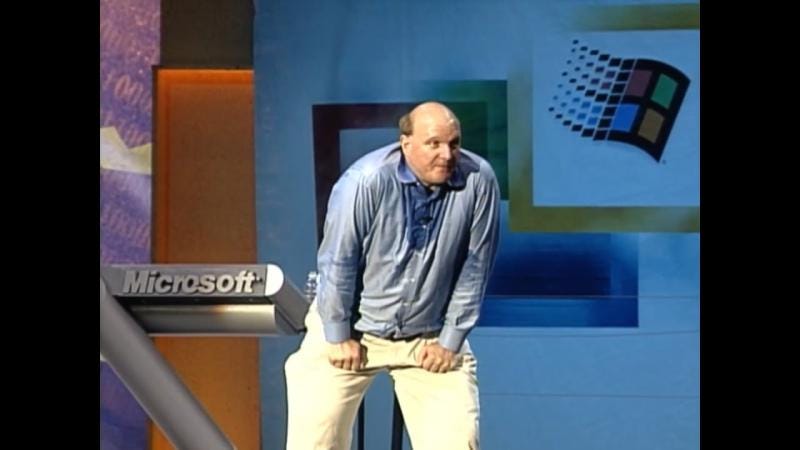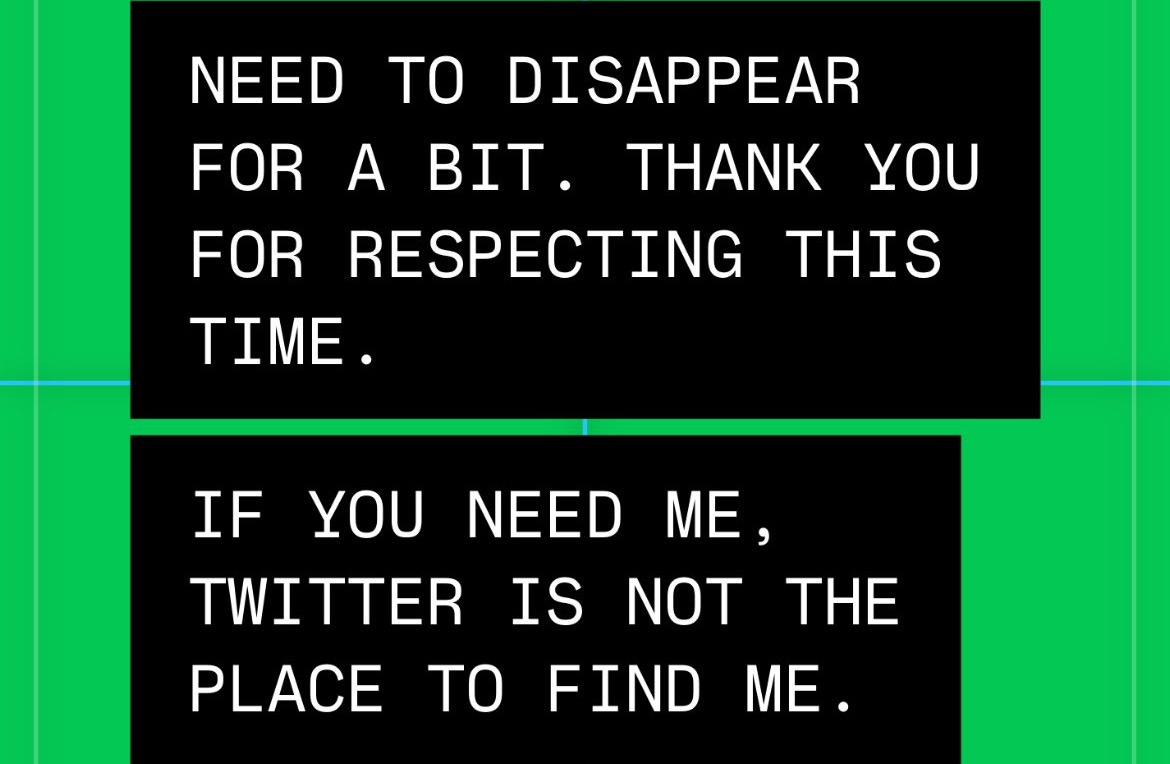It’s nearly a joke how much you hear folks discuss distribution in technology. Plenty has been written about it. There are universal sayings like “first time founders focus on product, second time founders focus on distribution.”
But like many subjects within technology writing, examples get wrapped, advice gets watered down, and the point gets lost.
What does it mean to focus on distribution? For B2B sales orgs, the answer is thrown on your lap. And when you recognize that the 2010’s were incredibly based on a literal Vertical SaaS Playbook that you may still be able to download from many venture fund websites — you can see why writing on distribution got incredibly narrowed.
I think working on Eternal and building mobile games has shown me an interesting dark side of distribution and its effect on product design. Mobile games is a sort of unspoken dark art in general technology. Sure, some folks entered Zynga straight from the college recruitment pipeline… but the vast majority simply entered an organization that was comfortably public and far past product market fit.
The new mobile games environment is an absolute daily knife fight, getting UA spend just right so they can confidently pour millions (and in some cases billions) into mobile ads.
But before we get into this. I’m going to give a fictional example that might help ease folks into the subject.
IT’S HARDER TO SELL, SO DON’T BUILD THAT!
I have never worked within a B2B organization, so I can’t speak to how much a sales team has sway over a design / engineering organization. However, I do believe that the crux of this idea is true. I would imagine that if the sales team is having trouble selling a product after a certain period of time, that product is getting the axe.
This relationship between the distribution method that drives the opportunity for business to take place, and the interaction with the technology being sold is ~ everything we are doing when we build a company.
In the Silicon Valley example you see, even if exaggerated, how the distribution channel and the norms/practices set by that channel, determine what the product even is.
Richard, frustrated as ever if left naked with his black box. The next few episodes, shows the black box becoming a big success. But Richard hates what’s happening to the business. So much so that he nukes his own business. All stemming from his original hatred of what the distribution channel forced on the engineering / design of the product.
This brings us to the next big point. If you don’t love the distribution channel of your business… find a new business.
THE DIFFERENCE BETWEEN APPLE & NeXT? THE DISTRIBUTION
You have to love your distribution channel.
NeXT Computers had to sell to universities. Now, let’s think about how universities make decisions — they are slow, they work through committees, every department is able to make their own decisions…
Let’s think about how Steve Jobs makes a decision — he’s decisive, he’s quick, he has a singular sense of authority for the rest of the organization.
In what world do these two forces meet and work together positively? They don’t, and we saw the results of that. The NeXT computers were completely overpriced for university budgets, focused on the wrong feature set, and on top of all that — had their own manufacturing plant in California…
There was a complete lack (perhaps due to hubris) of product-channel-fit. As a result → NeXT completely exited the hardware business, and pivoting to NeXTSTEP OS.
Let’s contrast that to the world of Apple that Steve birthed with his return. It was a two part punch: beautiful advertising to drive foot traffic into a beautiful retail location. (this is an obvious simplification, but you get the point)
Everything Steve loved, delivering a product he crafted with perfect unified sensibilities to the ads and retail locations that got them to real people (not institutions), created an environment for fantastic success.
PRODUCT-CHANNEL FIT
Something we talk about at Eternal a lot is product-channel fit. I think everyone is pretty aware of the amount of writing that has been put out around product-market fit. There’s a few critical essays around product-channel fit, but I think the most important one is Brian Balfour’s of Reforge. I think the obvious choice for consumer folks thinking about distribution in the present environment and how it has shifted due to Apple policy & network maturity is Nikita.
I’ve come to believe it is absurdly hard to change channel behavior. In fact, you simply won’t. You either understand how a channel operates and win, you understand how a channel operates and your ego gets in the way and you lose (many such cases), or you don’t understand how a channel operates (also many such cases).
I believe gaming is generally ahead of the rest of software in more ways than one, and when it comes to understanding mobile distribution - it’s no different. User acquisition for mobile games has one channel and one model → paid ads.
Paid ads in mobile not only serve as user acquisition, but user research in what to build. “Distribution Determined Design”
You’ve probably come across plenty of mobile game ads where the comments cry out that the mechanic shown in the ad, doesn’t even exist in the game! Well, games are one of the more expensive software categories to build. It takes a lot of work and elbow grease to get games feeling good. And so executing on a new feature and having to roll it back is incredibly painful. So what many studios do is utilize the feedback they get from ads to determine whether or not to move forward with the feature. This walks a hyper thin line on ethics… but that’s the game a lot of these studios are playing.
There’s a well known quip — “We shape our tools, and then our tools shape us.”
Well… here’s a riff on that - “distribution channels shape access to and preferences of our consumer, and only then can we shape our products.”
Now I look at product as an act of, how does this get communicated through the distribution channel we need to use. Said another way: if this product doesn't make a pretty compelling social ad -> we ain't doing it.
My hunch is more and more consumer software is going to look like and get distributed in a familiar manner as games. Or reverse back to methods we long lost in the 2010’s — like college ambassador programs. We are already seeing a few startups doing this!
ROSTRA, GOING DIRECT, AND IDENTITY AS DISTRIBUTION
I feel like the one thing Rostra doesn’t get completely right is that they seem to view social media as a true neutral equalizer.
And while they (social media) may not be gatekeepers in the traditional sense that publishers were… Platforms are not neutral in how they shape what information and style performs well. The complexity only grows depending on the business that has to get communicated.
The underlying everything of the firm is about founders going direct on communication and wielding narrative. I believe in in this core thesis deeply, as I’ve written similarly in the past. Specifically in The New Technologist Manifesto:
We believe that there is no progress where there is no narrative. To us, narrative forms the other side of the progress double-helix with technology. The new technologist is either an open wielder of narrative themselves, or works closely with / deeply values narrative construction as a critical function of progress.
Rostra is a business where the core product IS a distribution model methodology. That methodology is turning the founder identity into a distribution center.
I’m really curious about the types of founders/businesses they sign as their first set of clients. It’ll say a lot about who THEY believe they can be effective with.
First, I’d look at the founders that do this well today?
Elon is probably the most famous.
With Tesla he’s been able to both rally investors, sell a lot of cars, and shift the entire EV category.
With SpaceX he’s won government contracts, beamed wifi from space, and is now about to save stranded astronauts.
But with Twitter/X he’s ruined the brand, alienated advertisers, and reduced network traffic & quality.
Two out of three ain’t bad. And Twitter/X is more of a saga of horrible founder/business fit than it is anything else.
Another example I would focus on, for an emergent company, is The Browser Company.
Josh famously open source their investor (board?) meetings and posted the videos directly to Twitter and Youtube.
They recently publicly rewarded and publicly fixed the reward to an engineer that discovered a security vulnerability.
And finally, they mix this style with beautifully (& internally) produced narrative ads.
The last big question I have here comes back to the core core focus of this newsletter issue → what will this methodology do to the product organization? What NEW products will succeed in a “GO DIRECT” Rostra style world?
FINAL BULLET POINTS
If you want to understand how condensed the relationship between distribution channel and product design can get — look at mobile gaming ads.
You have to LOVE the distribution channel of your business, or else you’ll hate your business. There’s no way around that. If you’re not someone that loves direct sales, it doesn’t matter how much you love the product you’re building that requires it.
Additionally, love the thing on the other end of your distribution channel. Learn from Steve at NeXT, don’t sell to people/organizations you don’t share values with.
Don’t put all your love into a product you don’t know how you’re going to deliver.
Make sure you have what it takes to win in your distribution category — don’t be a victim of high-browness.
A CLOSING SIDE (PERSONAL) NOTE
As always, thanks for reading.
For about a week and a half, I’ve been off Twitter. I felt I crashed out very hard over the taste discourse and found myself behaving in a way I wasn’t the most proud of. (“comparison is the thief of joy”)
To add insult to injury, I found that I was being perceived in a way that I felt was nearly offensive.
Identity is one of those funny tricky little subjects that I’ve written plenty about. And two characteristics of identity I find interesting is “perception” and “flattenings”.
I found that my identity was being incredibly flattened by others, to help their perception of me. To the point where at a recent VC event someone introduced me as a DJ…
Now I could get into a whole separate essay about this subject… but in short it brought out much deeper questions about intersectional practices, race, work, and just generally “what am I doing?”
I’ve been enjoying the space off Twitter to ask myself that. I’ve been enjoying having a lot more energy when I see people IRL because I haven’t said every little thought in my head through a broadcast medium. And I’m enjoying “not knowing” what’s going on.
I expect to stay away for a bit, and to be different when I return.
I don’t do edits really, so excuse typos and things that don’t make sense.
Thanks so much for giving me your attention. I hope it was worth it, if not… unsubscribing will not hurt my feelings, and will give you back time you literally cannot have back.
Much love.
Live in the light







